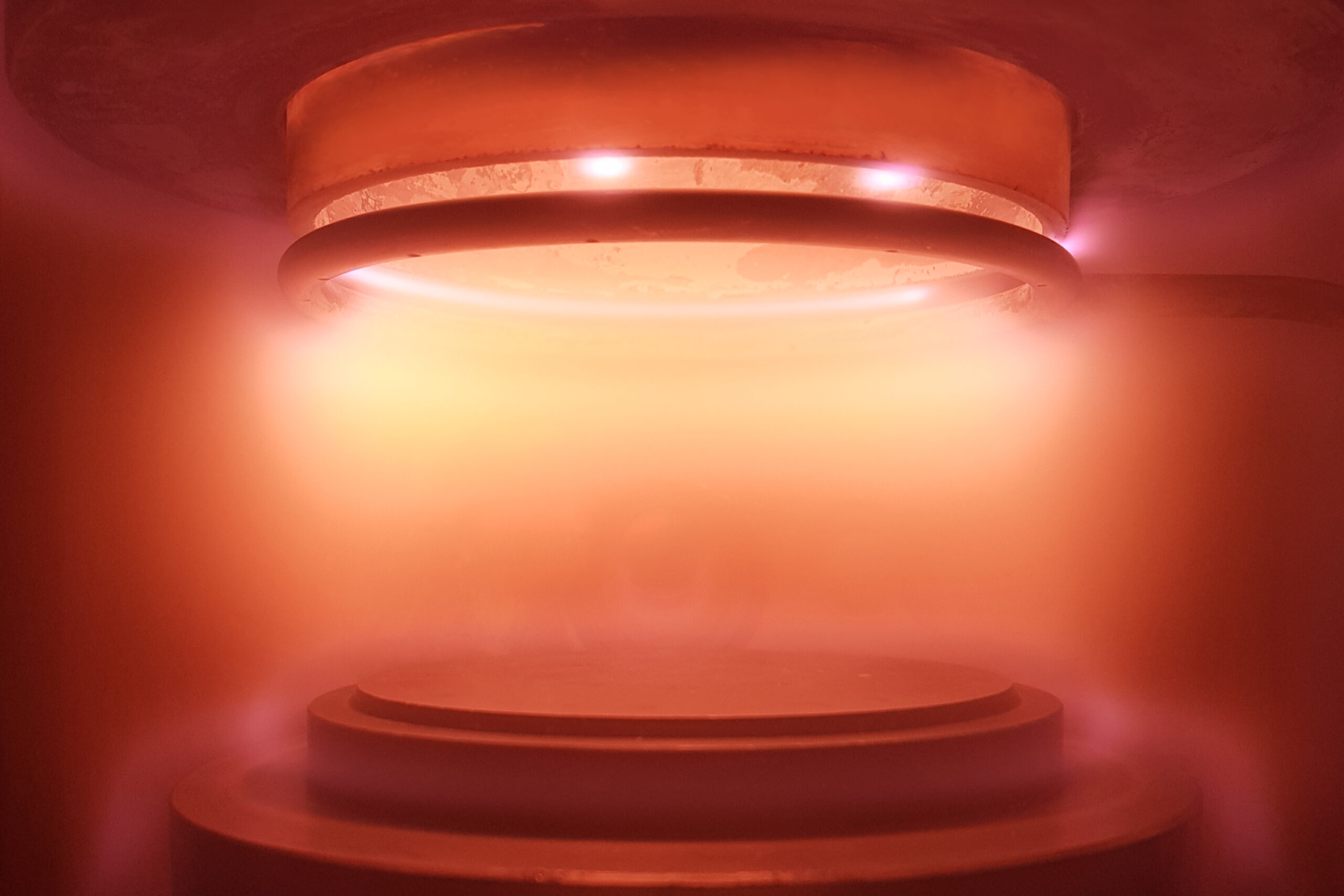Plasma Characterisation

For further information and pricing, please get in touch with us.
Plasma characterisation, plasma ion analysers and langmuir probes
Hiden plasma probes measure some of the key plasma parameters and provide detailed information relating to plasma reaction chemistry.
Related Products
A wide range of industrial processes use electrical plasmas, and new applications are developing rapidly. In the microelectronics industry the demands of higher yields and shrinking device geometries mean that process reproducibility and understanding is vital.
Detailed understanding of the reaction kinetics of plasma ions and neutral species plays a key role in the development of advanced surface engineering processes such as HIPIMS.
Low Pressure Plasma Applications Catalogue
Atmospheric Plasma Applications Catalogue
EQP Series Mass and Energy Analysers
Plasma Etch in Microtechnology
ESPION Advanced Langmuir Probes for Plasma Diagnostics
HPR-60 MBMS Molecular Beam Sampling Mass Spectrometer
Mass Spectrometers for Thin Films, Plasma and Surface Engineering
ECR – Electron Cyclic Resonance
Electron Cyclotron Resonance plasma is used for chemical vapour deposition, CVD and etching in semiconductor processing. Magnetic shielding of the EQP and PSM Mass/Energy Analyser enables operation in the high magnetic field environment produced by the ECR plasma source. EQP Mass and energy analyser for plasma diagnostics PSM Series Advanced Plasma Sampling Mass Spectrometers
Magnetron Sputtering
Magnetron sputtering is for plasma vapour deposition and is available in DC and RF forms producing a range of thin films used in many industries including decorative coatings, hard disk drive platters , optoelectronics and solar cells.
High Power Impulse Magnetron Sputtering (HIPIMS)
Pulsed plasma provide high density plasma for adhesion enhancing pre-treatment of the substrate prior to coating deposition (substrate etching) and deposition of thin films with high microstructure density. Hiden’s data acquisition system provides for time resolved data acquisition across the plasma pulse providing mass resolved ion energy information for positive and negative ions.
Inductively Coupled Plasma (ICP) and RF Plasma
ICP and RF plasma are used for many applications including reactive ion etching of thin films. Hiden’s advanced Langmuir probe system, ESPion includes RF compensation circuits to enable operation and data collection from within the plasma RF environment. ESPion Advanced langmuir probe for plasma diagnostics.
Dielectric Barrier Discharge (DBD)
DBD plasma sources are widely used for surface modification at atmospheric plasma. Hiden’s HPR-60 molecular beam sampling system provides for mass and enrgy analysis of plasma ions, neutra
Atmospheric Plasma Analysis by Molecular Beam MS – GEC 2004 (1.38 MB)
Atmospheric Pressure Plasma Analysis by Modulated Molecular Beam MS – ICPIG 2005 (256 KB)
Ion Energy Distributions for a DC Plasma – GEC 2003 (250 KB)
Mass Analysis of CF3I Decomposition in a Surface Barrier Discharge – GEC 2011 (2.8 MB)
Mass Spectroscopy of Metastable Species during Plasma Processing – GEC 2011 (2.1 MB)
Time Resolved Ionisation Studies of HIPIMS – PSE 2006 (848 KB)

